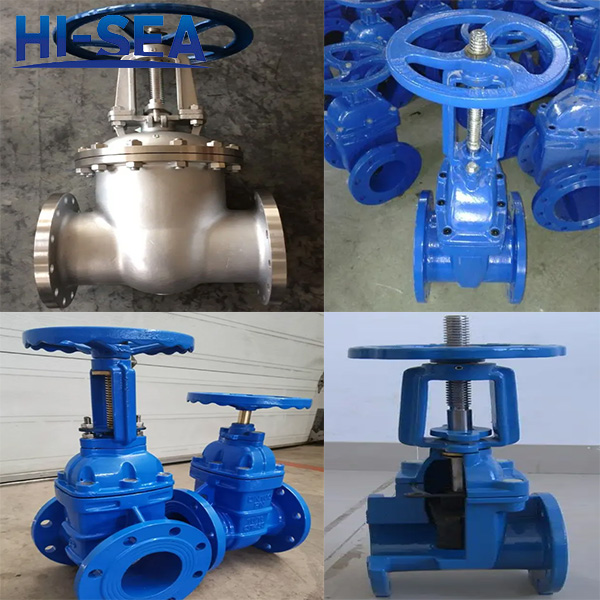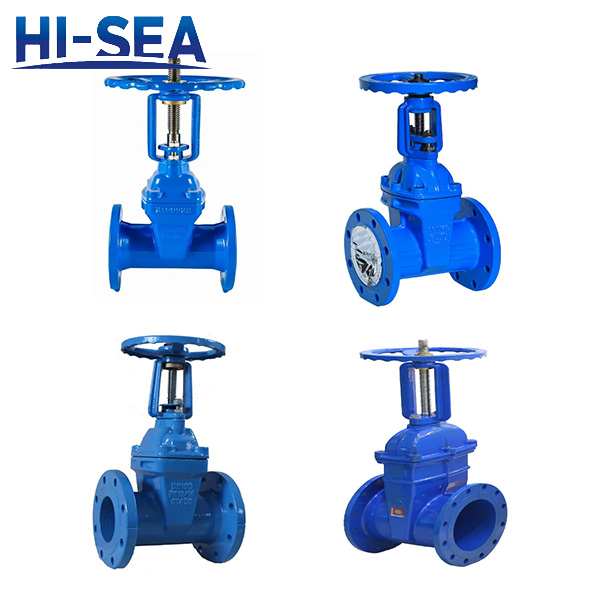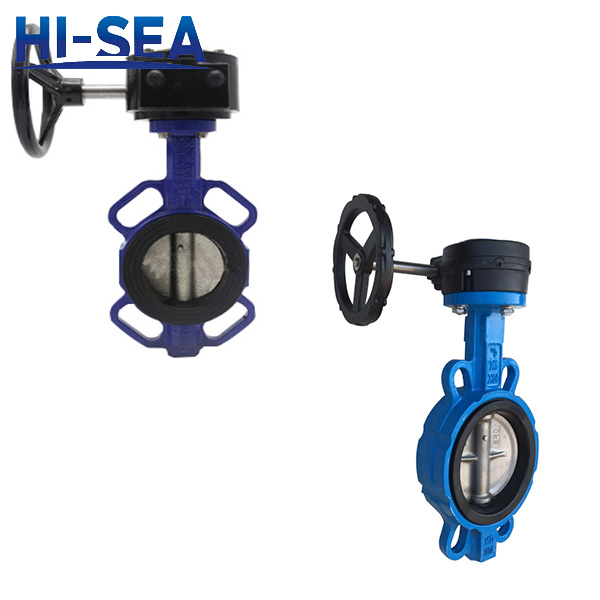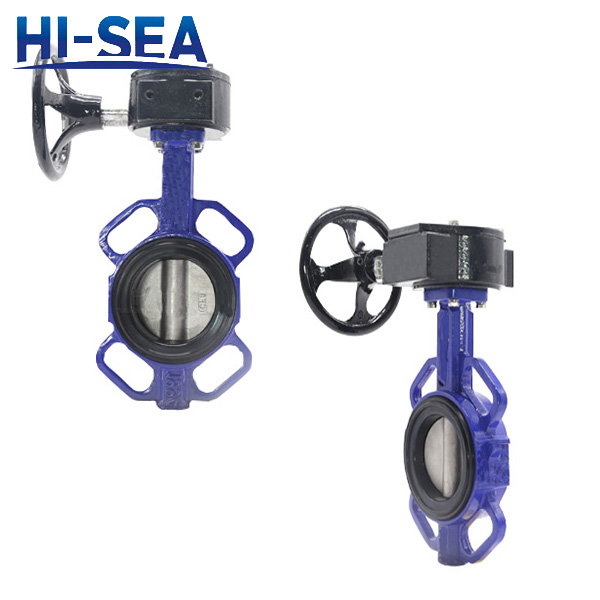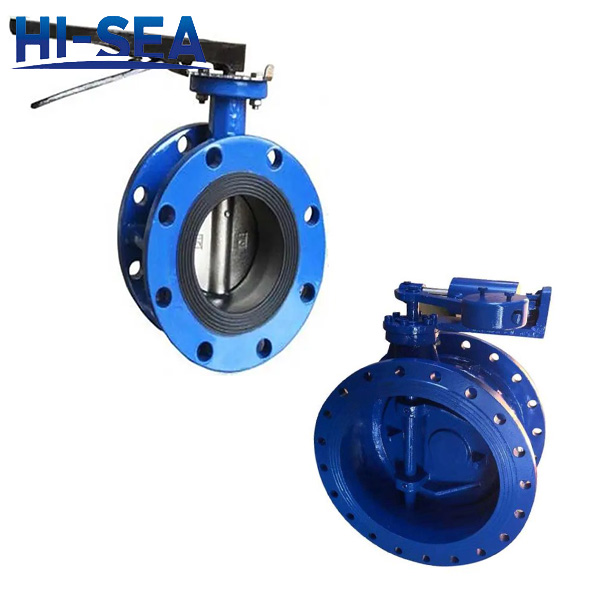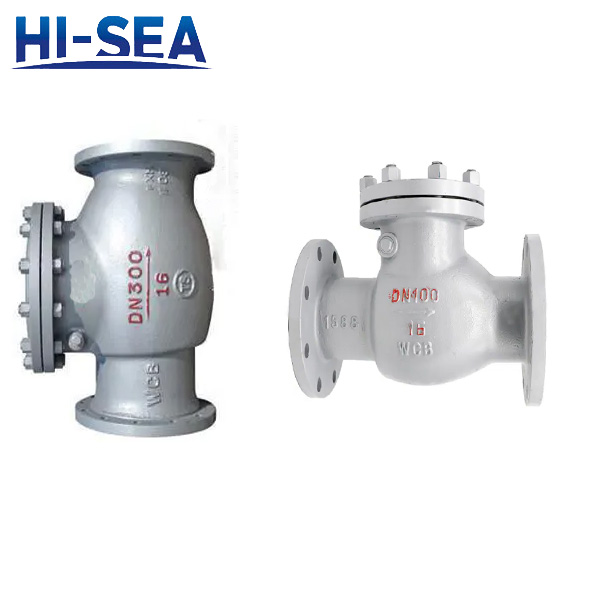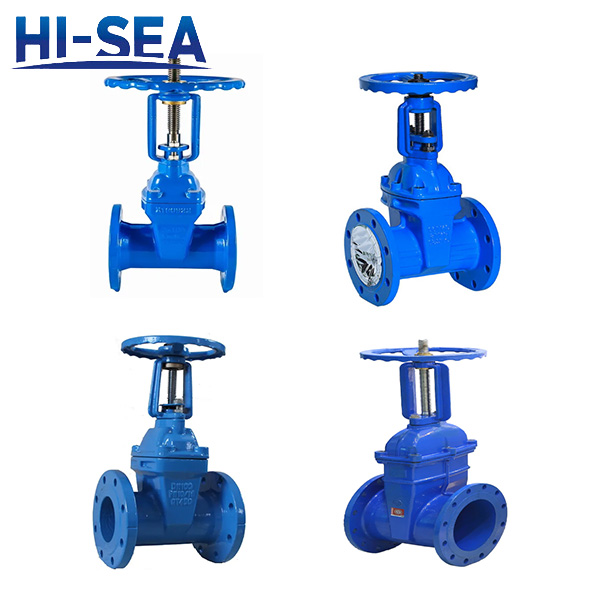
Hand Operate Gate Valve
Introduction:
The opening and closing part of the hand operate gate valve is the gate. The movement direction of the gate is perpendicular to the direction of the fluid. The gate valve can only be fully opened and fully closed, and cannot be adjusted or throttled. The gate has two sealing surfaces. The gate of the wedge gate valve can be made into a whole, called a rigid gate; it can also be made into a gate that can produce a small amount of deformation to improve its craftsmanship and make up for the angle of the sealing surface during processing. This kind of gate is called elastic gate.
When the manual gate valve is closed, the sealing surface can be sealed only by the medium pressure, that is, relying on the medium pressure to press the sealing surface of the gate to the valve seat on the other side to ensure the sealing of the sealing surface, which is self-sealing. Most gate valves are forced to seal, that is, when the valve is closed, the gate must be forced against the valve seat by external force to ensure the tightness of the sealing surface.
The gate of the manual gate valve moves linearly with the valve stem, which is called a lift-rod gate valve (also called an open-rod gate valve). Usually, there is a trapezoidal thread on the lifting rod. Through the nut at the top of the valve and the guide groove on the valve body, the rotary motion is changed into a linear motion, that is, the operating torque is changed into the operating thrust.
Advantages:
1. The fluid resistance is small.
2. It is more labor-saving to open and close.
3. The flow direction of the medium is not restricted, the flow is not disturbed, and the pressure is not reduced.
4. The shape is simple, the length of the structure is short, the manufacturing process is good, and the scope of application is wide.
Product Showing:
